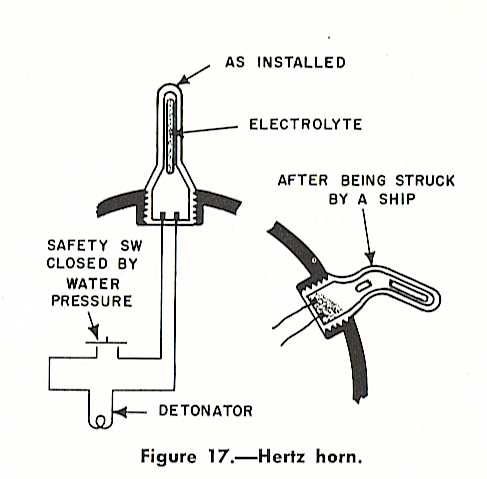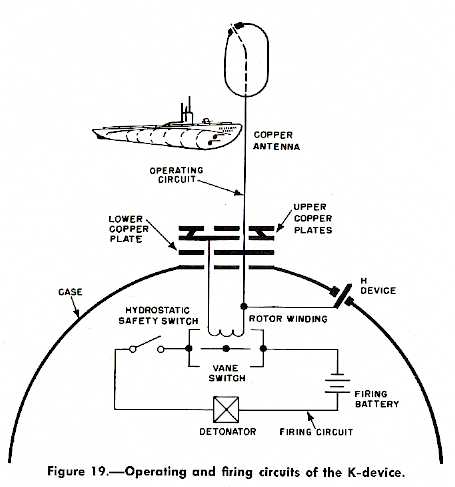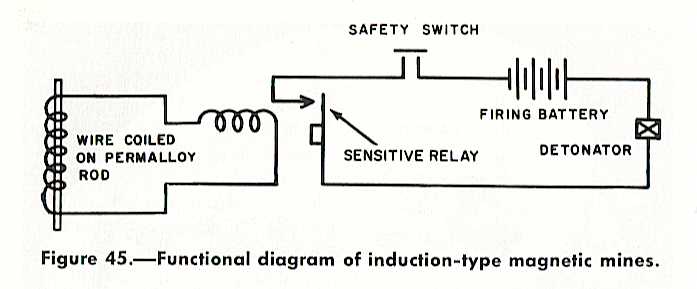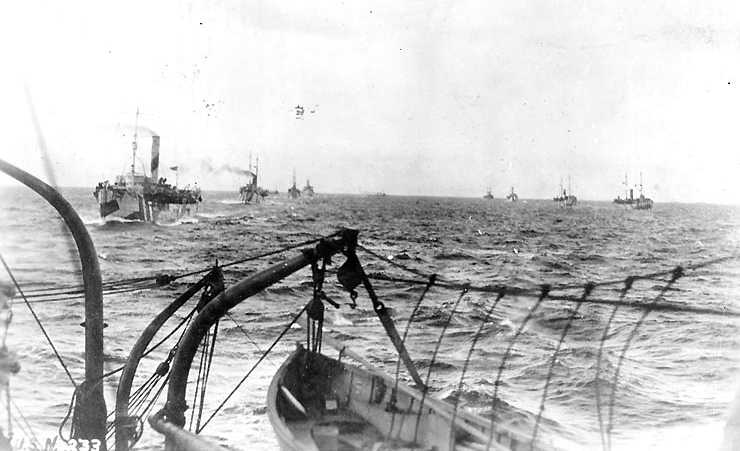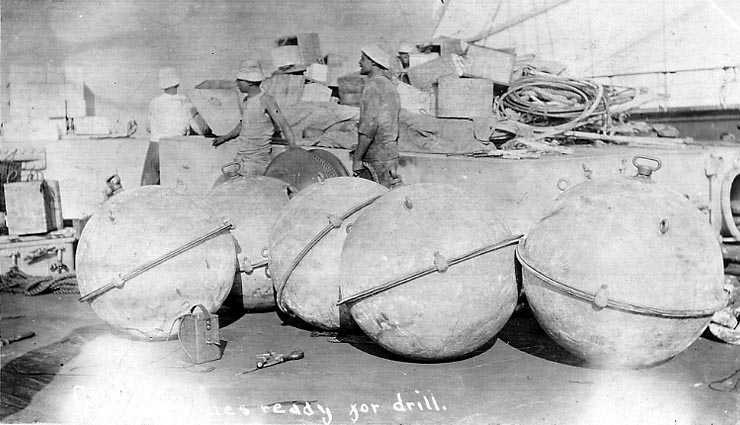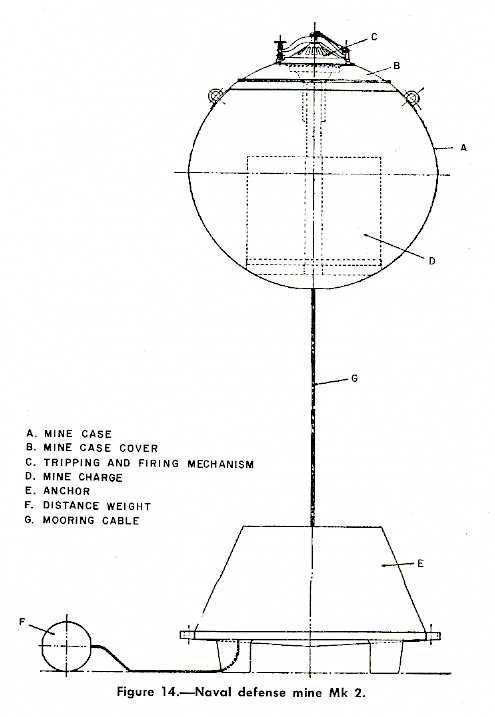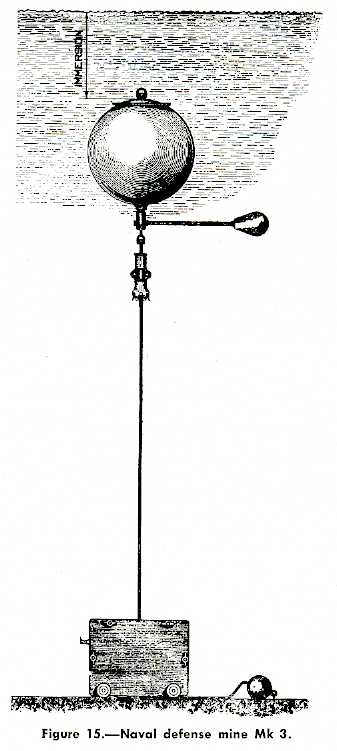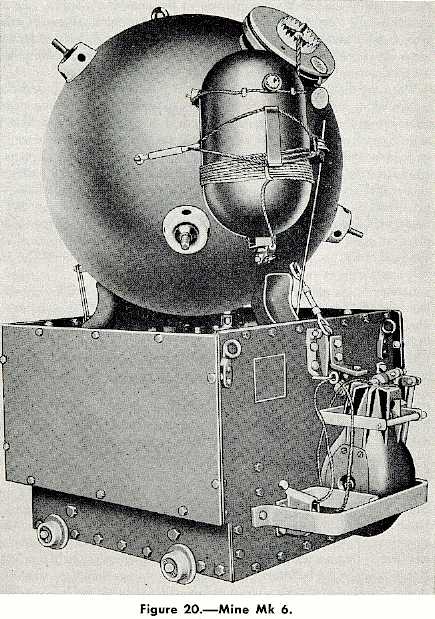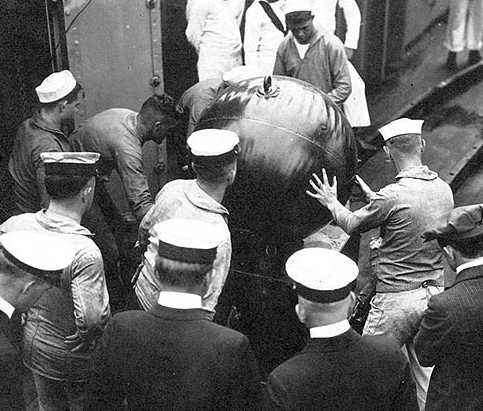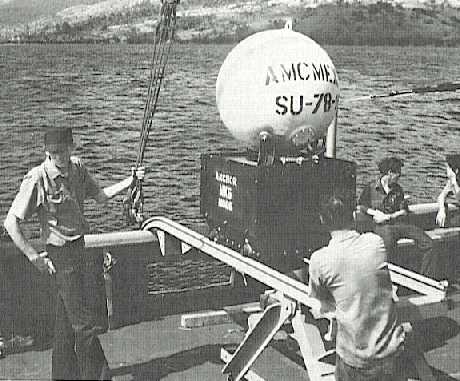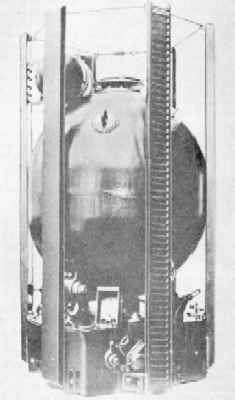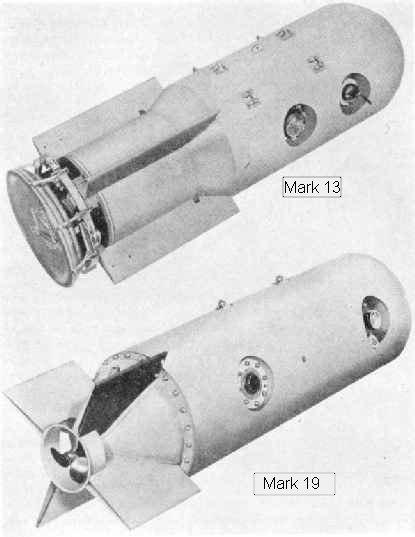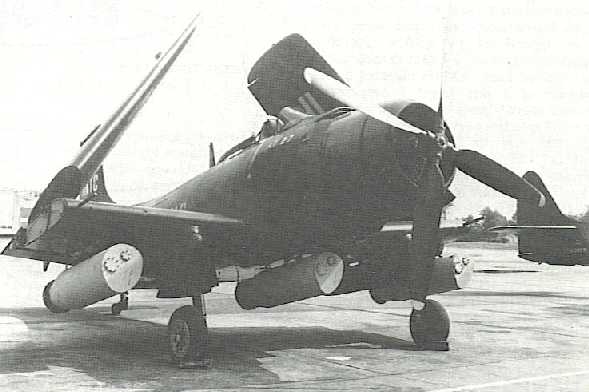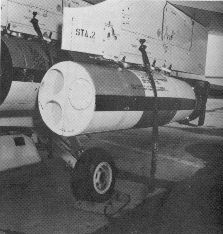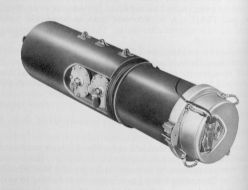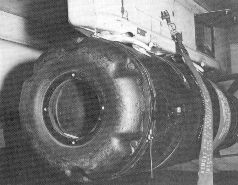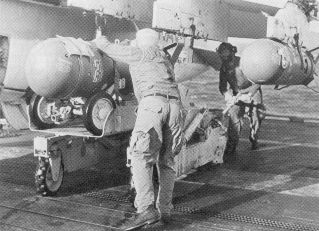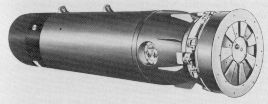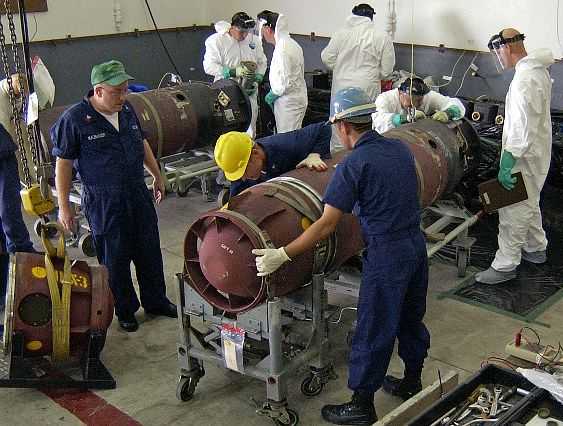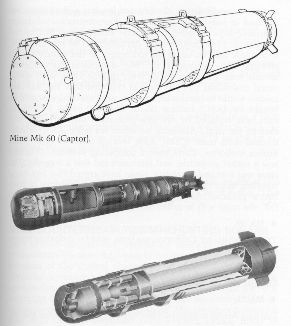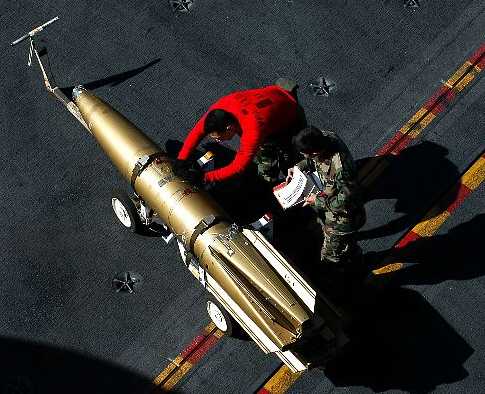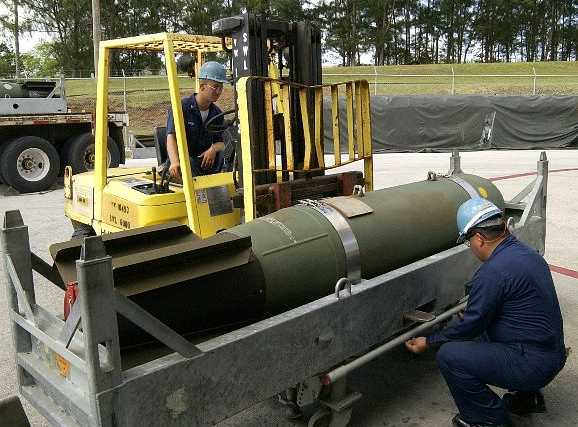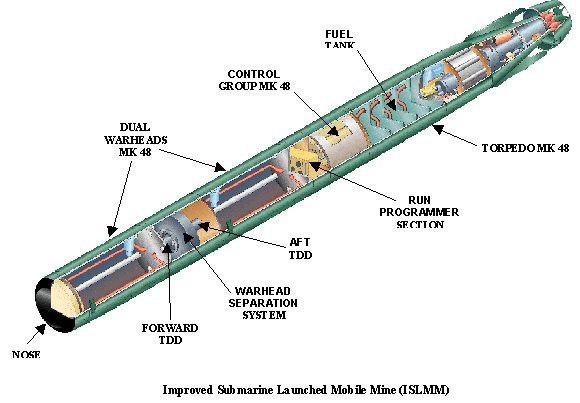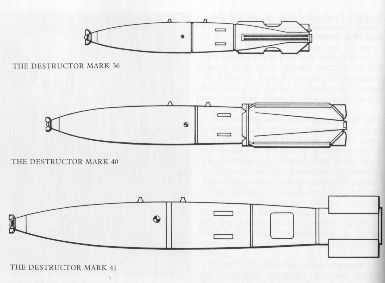| Early History
Possibly the first water mine in the world with a target-fired trigger (as opposed to earlier ones which had simple, slow-burning fuzes) was invented by David Bushnell, the man who is most famous for inventing a one-man submersible, the Turtle. Like the Turtle, these sea mines were unsuccessful when they were used against the British fleet in Philadelphia during January 1778, although the resulting "Battle of the Kegs" did cause a few casualties and inspired a well-known Revolutionary War poem. For most of the 19th century the US Army was responsible for the development and use of mines, as mines were considered to be defensive weapons that were useful for protecting harbors and coastal waters. The Confederate Navy used mines, or torpedoes, as they were then called, quite extensively during the American Civil War, and sank approximately 27 Federal vessels and damaged many more. By comparison, only nine Federal vessels were sunk by gunfire. Many different kinds of mines were used by the Confederates, with one of the most effective being the frame torpedo, which was a large nose-fuzed artillery shell that was mounted on a wooden frame and located where a ship might strike it. Not until late in the 19th century did the Navy start to take any interest in these weapons, but none were used during the Spanish-American War of 1898 and it was not until the Russo-Japanese War of 1905 that this interest became serious. During that war, both Imperial Russia and Japan had some success with their naval mines, which prompted the US Navy to ask Congress for funds for a mine depot ship. The old cruiser USS San Francisco (C-5) was converted in 1912 and she became the first mine warfare ship in the US Navy. The first mines procured by the Navy were originally called "Naval Defense Mines" and were either purchased from European powers or were copies of European designs. Progress on mines was considered satisfactory prior to the start of World War I, but with the US entry into the war it was discovered that British mines of the same general types had proved unreliable. Bureau of Ordnance reports of 1917 declared that the status of mining in the USN with these Naval Defense Mines was "very unsatisfactory" and recommended development of new types, which led to the Mark 5 contact mine and the Mark 6 antenna mine. These Naval Defense Mines were all declared obsolete in 1930 and removed from inventory. None of these designs were very successful, so perhaps it is surprising that it took so long to take them out of service. Triggering and Fuzes The first USA designed mine, the Mark 5, was of the "Horned" type. Horns were made of soft metal such as lead and held a glass ampoule containing battery acid, usually potassium-bichromate. The lower end of the horn contained an electric battery minus the electrolyte. Contact with the horn broke open the acid container, energizing the battery which then heated a platinum wire in a mercury fulminate detonator, thus exploding the mine. By definition, this was a weapon with limited range and fields needed to be densely packed in order for it to be effective against shipping. However, such close-laid fields ran the risk of one mine setting off adjacent mines as fraternal kills.
The "K-pistol" of the Mark 6 used a copper antenna which extended upwards to just below the surface. This was connected by a relay to a copper plate on the outside of the mine. Seawater acted as the electrolyte of a battery which would be formed when a ship with a steel hull approached and touched the antenna. The current running down the antenna operated the relay and exploded the mine. This method allowed each mine to cover a wider area, meaning that fewer mines could be used to cover a given area than with the horn type. In modern terms, the "K" device exploited the Underwater Electric Potential (UEP) effect.
Magnetic triggers were originally only used on ground (bottom) mines. This is because, if they were moored, the changing of the magnetic field as they rose and fell with the tide would set them off. Near the end of World War II, a trigger that measured the total field around the mine was developed. This device added up the fields in such a way that the tides did not affect it.
Acoustic mines measure sound of certain frequencies, usually those of propeller, engine and sonar noises. Pressure detector fuzes measure the pressure wave created by a ship moving through the water. These were simultaneously developed by both Germany and the USA during World War II, but both held off deploying them for fear that the technology would be captured by the other side. They were first used in combat off the Normandy beaches and were heavily used against the Japanese home islands near the end of the war. Minelayers of World War II Mine outfits as given in "US Warships of World War II" by Paul Silverman. Other sources differ, but I believe that these are the "official" numbers. USS Terror CM-5 carried 800
mines
There were also some ex-mercantiles and former Army "mine-planters" listed, but no mine outfit numbers are given for these ships. However, USS Salem CM-11 is recorded as having laid 202 mines off Casablanca on 27 and 28 December 1942. USS Argonaut SS-166 was converted to a transport submarine immediately following the attack on Pearl Harbor and apparently never laid a mine under combat conditions. The widely used and long-lived (1917 to ca. 1985) Mark 6 "K-pistol" mine was relatively easy to deploy and did not require specialized minelayers. See the picture below of USS Ute ATF-6 (a tug) being used to launch one of these mines. This ease of use by non-specialized mine ships is one of the reasons that there were so few dedicated mine-layers in the USN and why many of the smaller coastal minelayers were converted for other duties. Conventional submarines were also used as minelayers. In 1943, they could carry eleven Mark 10 or Mark 12 mines in place of three torpedoes and many mini-minefields were laid as a result, some quite effectively. But the most common mine-layers during World War II were aircraft. After World War II, aircraft have been the predominant US minelayers, as shown in the tables below. There are a few submarine-launched mines in the inventory, with at least one new one, ISLMM (see below) currently under development. |
